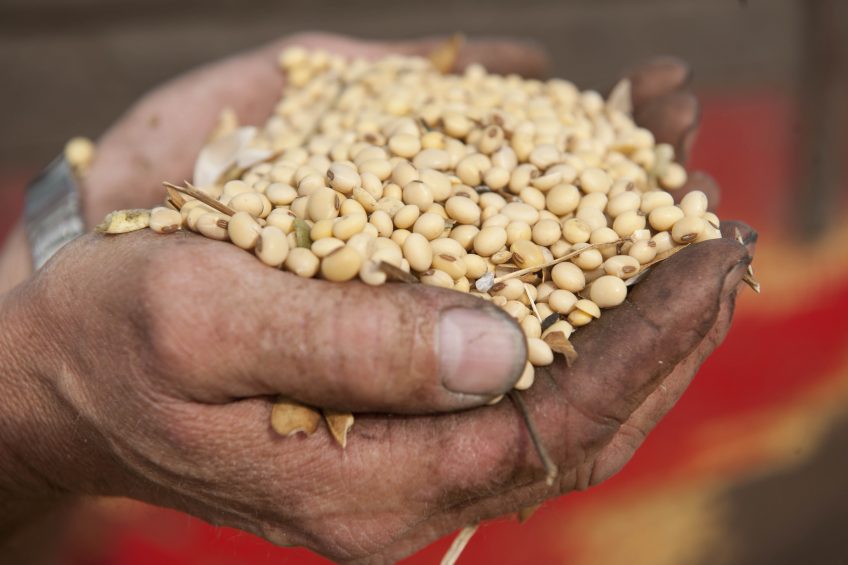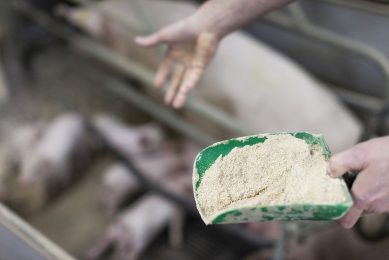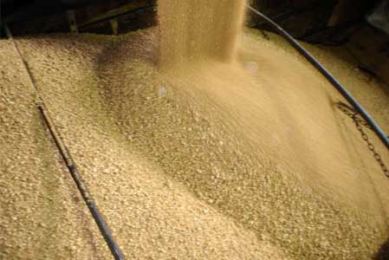Soybean update from around the globe

Escalating trade war issues between the world’s 2 largest superpowers has prompted China to shun US soybeans.
Instead, there is clear evidence that China’s soybean processors are snapping up record volumes of Brazilian cargoes. China takes more than 60% of the commodity trade worldwide and the move away from buying the US crop has led to prices on the Chicago Board of Trade plunging to a 10 year low.
Record 12-14 million tonnes of Brazilian beans
Brazil normally sends around 3.7 million tonnes to China in the 4th quarter, although last year the figure rose to 9 million. This year traders claim Chinese importers have booked a record 12-14 million tonnes of Brazilian beans for October-November arrival. Brazil could follow Argentina in exporting their expensive local beans to China and importing cheaper supplies from the US.
Soymeal supply/demand conundrum in India
Meanwhile, a recent report from Rabobank has said India is facing a soymeal supply/demand conundrum. Increasing demand for poultry had led to higher consumption in recent years and that trend is expected to continue. The report said soymeal consumption stood at 5.4 million tonnes in 2017 compared to just 800,000 tonnes a decade earlier.
Consumption surpassing 9.5 million tonnes in 2025
Rohit Dhanda, a grain and oilseeds analyst said he expected to see consumption growing annually at 7% which would lead to consumption surpassing 9.5 million tonnes in 2025. “The growth of the poultry industry has resulted in a proportionate rise in domestic soymeal consumption – soymeal is a major source of feed protein for poultry. Apart from the possibility of blending soymeal with other oilseed meals, the fortification of compound poultry feed with amino acids to replace soymeal as a protein source is also an option – but so far, this is an undeveloped market in India.
Therefore, Rabobank expects India’s poultry industry to remain largely dependent on soymeal as a protein source in the near future. Rising domestic demand of soymeal could help the domestic soybean price sustain levels that are attractive to farmers, which is expected to result in sustained acreage for Indian soybean farmers in the future. However, the large presence of marginal farmers and fragmented land will remain a hindrance in strategic investments at the farm level.”
Import of GM-free soybeans
One issue that the Indian government may need to intervene is over whether to import of GM-free soybeans. It has so far been reluctant to do so but only 12% of global soybeans are non-GM in nature (including India’s own domestic production) and it is scattered across the globe, according to trade publication World Grain.
 Beheer
Beheer








 WP Admin
WP Admin  Bewerk bericht
Bewerk bericht